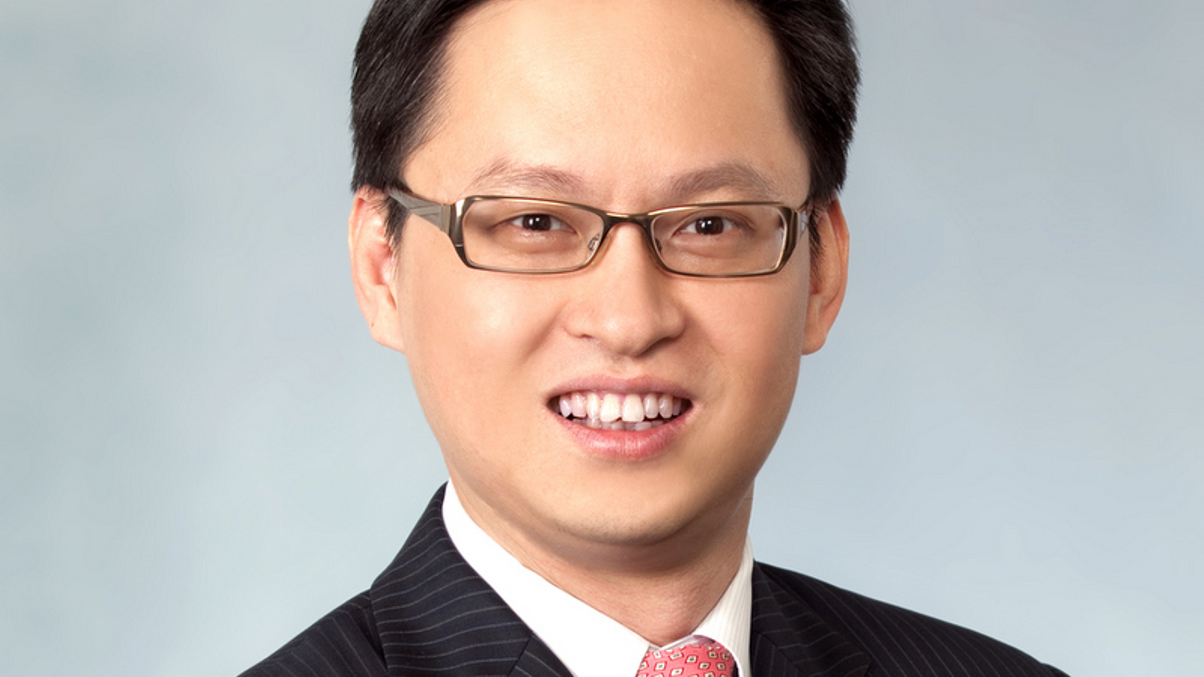China Life Franklin boosts third-party focus
China Life’s offshore investment arm has been focusing more on third-party high-net-worth and institutional segregated-account business, a move that seems to be paying off.

China Life Franklin Asset Management (CLF AM) in Hong Kong is increasingly focusing on managing segregated accounts for high-net-worth and institutional clients via its in-house sales team.
Sign In to Your Account
Access Exclusive AsianInvestor Content!
Please sign in to your subscription to unlock full access to our premium AI resources.
Free Registration & 7-Day Trial
Register now to enjoy a 7-day free trial—no registration fees required. Click the link to get started.
Note: This free trial is a one-time offer.
¬ Haymarket Media Limited. All rights reserved.


